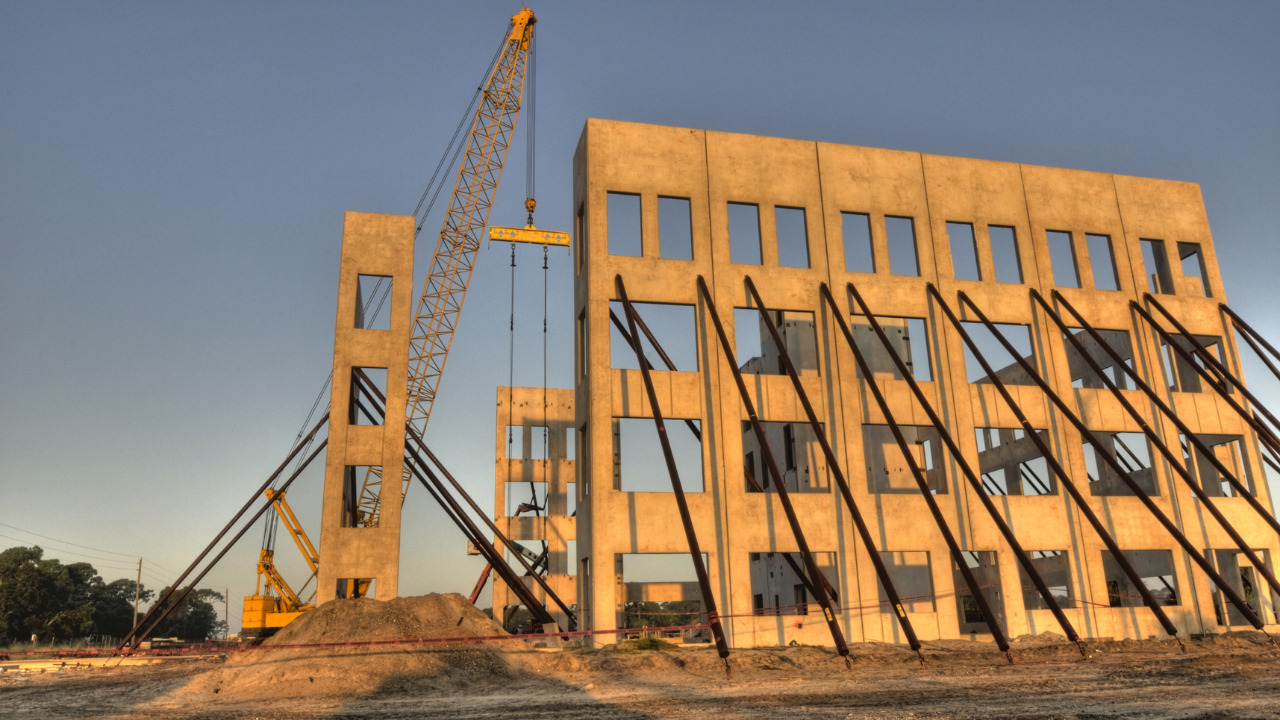An alternative to the standard wood roof truss is a steel roof truss. Larger structures or commercial projects might also contain steel roof trusses. The truss’s main functions are to sustain the roof’s weight and maintain the stability of the walls.
The shape of a steel roof truss is triangular, just like a wooden one. They provide the same function as a wood truss and are installed similarly. The structure makes use of trusses in a variety of ways. Metals are more durable than wood, though.
Therefore, building metal trusses is preferable. However, engaging experts can be very expensive. So, today’s lesson will teach you how to construct metal trusses.
Table of Contents
Steps To Build Metal Roof Truss
Measure The Roof Size For Truss
The size of the roof truss depends on the span of the roof. It would help if you took measurements for both the width and peak height of the roof area. The size of each roof side can then be calculated based on the peak.
These specifications are very important because of the triangle-shaped steel roof truss. The base and two sides should first be made of three steel pieces. You may cut them out with a circular saw fitted with a steel-cutting blade or have the steel-sale shop do it for you.
A piece for the brace must also be cut to the length determined by measuring the distance from the base to the peak. A beam will also go from the bottom corners to the top center of each split section.
Choose Truss Metal Carefully
As a result, after creating a design, you must additionally choose the sizes. So, in the next stage, saw the metals to the appropriate sizes. However, you’ll have to use various sizes. The joint is often strengthened by using a few large sizes and several little pieces. Additionally, you will have stronger trusses if you cut each metal at an angle.
Place Metal On The Ground
Lay all of the metal pieces on the ground once they are prepared. But avoid doing things in a disorganized manner. To link them together, you’re doing it. Arrange them so it will be easier for you to put them together as you intended. Verify that each component is in its proper location.
Assemble Joints
Currently, the joints need to be connected. But for this task, gusset plates are ideal. The joints can be secured with a few hammers if the gusset plates are placed on each joint. Make sure, however, that each joint is attached correctly. Additionally, verify the proper alignment of the metal bars.
That metal truss you were building is now complete. Installing it is now required. But we hope you’re not working alone because it’s hard labor. The metal truss will now be raised and placed where it was originally intended.
Verify each component’s condition and connectivity extremely carefully. You are finished now.
Install Trusses
That metal truss you were building is now complete. Installing it is now required. But we hope you’re not working alone because it’s hard labor. The metal truss will now be raised and placed where it was originally intended.
Verify each component’s condition and connectivity extremely carefully. You are finished now.
Importance Of Metal Trusses For Buildings
The benefits of using steel for construction, in general, are equivalent to all the advantages of using steel for roof trusses. Steel is sturdy, resilient, and immune to the bulk of the dangers that wood trusses are susceptible to, in addition to passing strict green building certification requirements.
Truss Weight Ratio
Steel trusses’ excellent strength-to-weight performance is one of their main benefits. This leads to a product that is stronger and better able to handle loads from snowfall and severe winds, but it also makes it possible to create roofs with greater spanning capabilities.
Because of this, huge sporting arenas, warehouses, hangars, and other structures are virtually solely made of steel.
Metal Trusses Are A Durable Option
Metal roof trusses with a good coating are quite robust. They are extremely low maintenance and have a high tolerance for pressure, tension settings, and severe stress situations. Significant abnormalities can happen in steel due to its high flexibility, and the bulk of these would be evident and indicate the need for replacement.
Roofs are a great option for areas of the country where there is a lot of snowfall since they can be designed to withstand very high wind uplift ratings and the pressure indicated above.
An Environment-Friendly Option
Steel and metal structures score higher than recognized green buildings. Steel trusses are manufactured using recycled materials and are 100% recyclable at the end of their useful lives, which is one of the key reasons for this.
They are particularly eco-friendly building materials due to this, as well as the fact that they are incredibly resilient and rarely need to be replaced.
Fire-Resistant
Steel roof trusses are generally unaffected by fire thanks to fire-retardant coatings. This is crucial for any building that holds people or valuable possessions. Buildings constructed in high-storm or seismic risk zones, which can increase a structure’s danger of fire, will also benefit from increased fire resistance.
Many of these benefits lead to additional benefits. Steel may be prefabricated, which reduces construction time and makes it less likely to require maintenance over its lifetime.
Bottom Line
In emergencies, building a metal truss might be quite useful. You won’t need to hire a pro the following time, though, because you now understand how to construct metal trusses. Still, there is a lot of work to be done.
Having at least one colleague with you is, therefore, the smart move. The process will be simplified. Trusses are additionally available in hardware stores if the labor appears too strenuous for you. You can therefore purchase them there.





